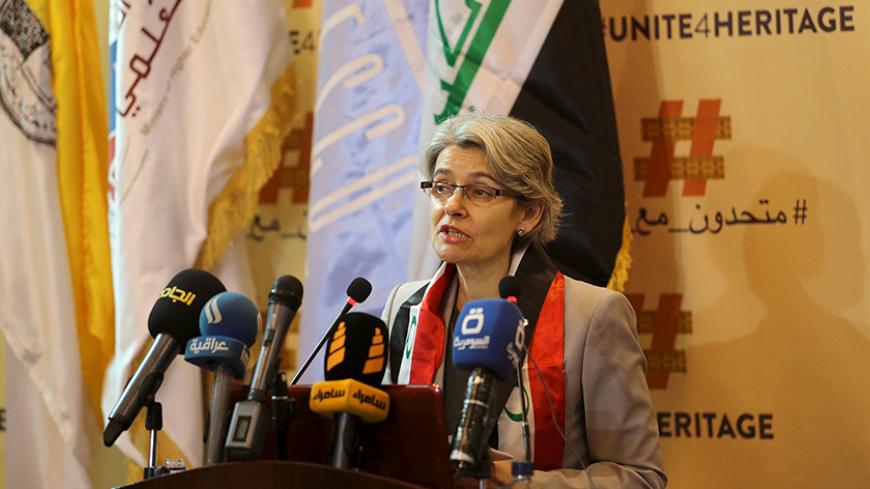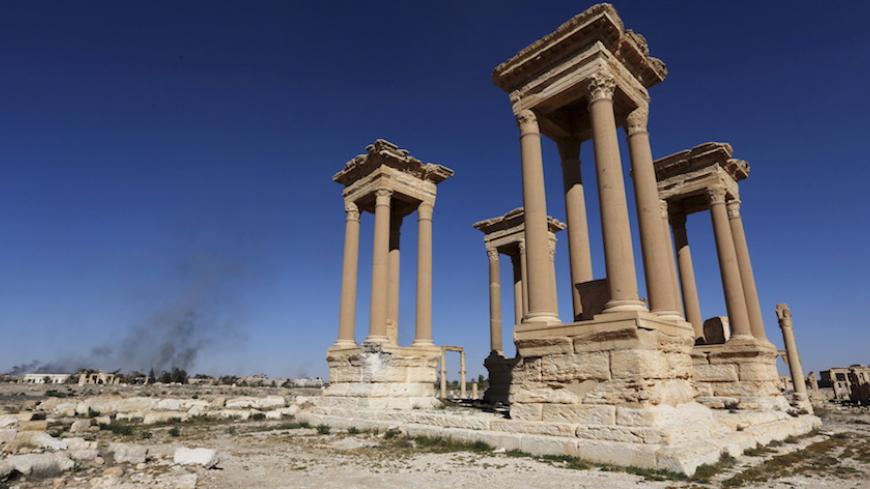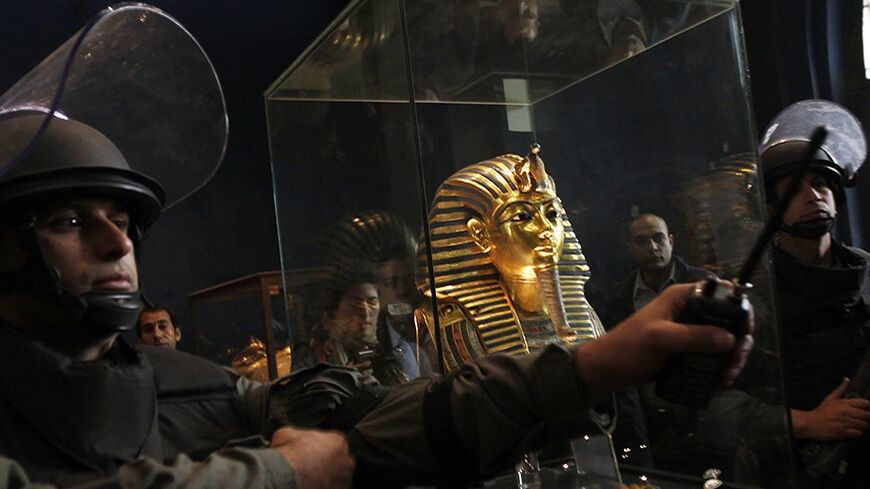Digital map seeks to document 'trail of destruction' of Mideast antiquities
Government and nonprofit organizations are working together to mitigate the threats that the Islamic State, looters and others pose to Middle East antiquities.

On Jan. 28, 2011, as anti-regime protesters clashed with riot police in and around Cairo’s iconic Tahrir Square, forcing police to withdraw from the streets, looters took advantage of the security vacuum to break into the nearby Egyptian Museum. They reportedly ransacked the ticket office, raided the museum shop for jewelry and snatched valuable artifacts from display cases.
The museum theft sent shock waves across the country, raising concerns about the security of Egypt’s precious cultural objects and monuments. Curators and archaeologists sounded the alarm at the threats facing the country’s antiquities — including looting, institutional corruption and land grabs (encroachment on antiquities’ land by the government or private citizens for building or agriculture) — which they feared had been amplified by the lawlessness following the Arab Spring.
Subscribe for unlimited access
All news, events, memos, reports, and analysis, and access all 10 of our newsletters. Learn more
Continue reading this article for free
Access 1 free article per month when you sign up. Learn more.
By signing up, you agree to Al-Monitor’s Terms and Conditions and Privacy Policy. Already have an account? Log in








